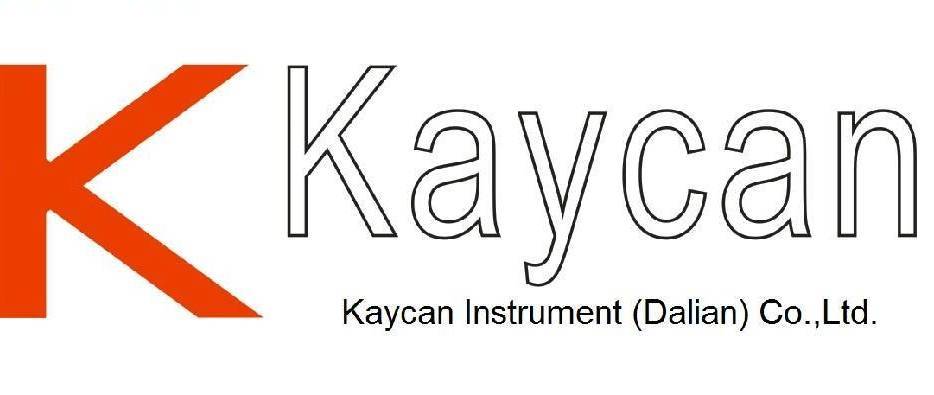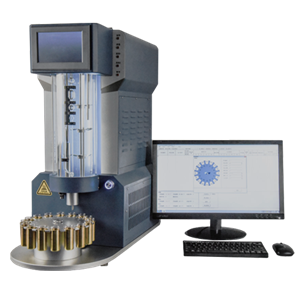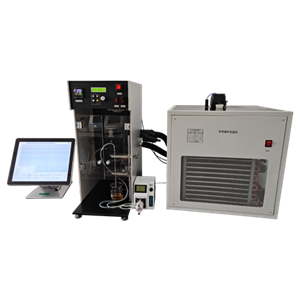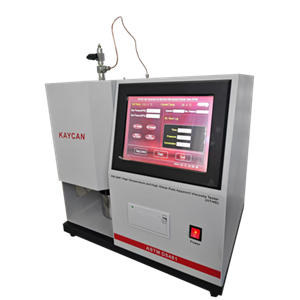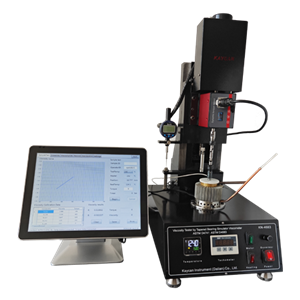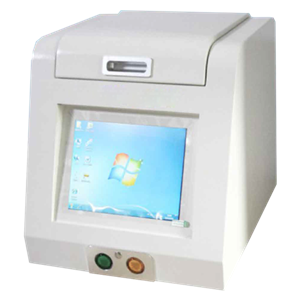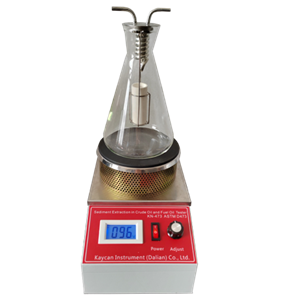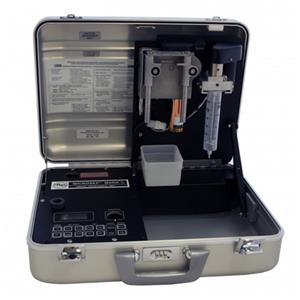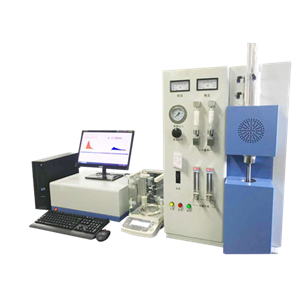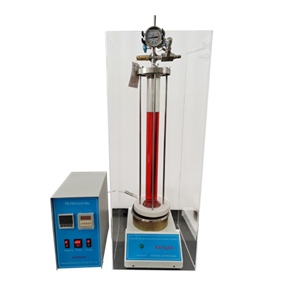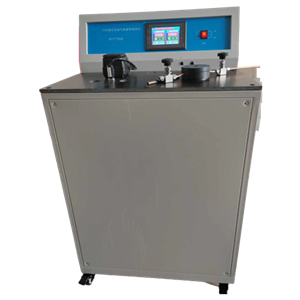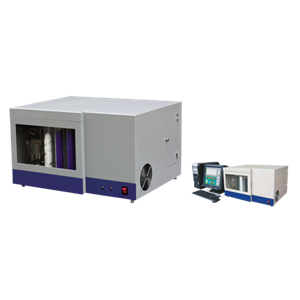-
ASTM D6481 Portable Energy Dissipation X-ray Fluorescence Spectrometer
KN-6481 Portable Energy Dissipation X-ray Fluorescence Spectrometer conforms to ASTM D6481 Standard Test Method for Determination of Phosphorus, Sulfur, Calcium, and Zinc in Lubrication Oils by Energy Dispersive X-ray Fluorescence Spectroscopy and ASTM D7751 Standard Test Method for Determination of Additive Elements in Lubricating Oils by EDXRF Analysis. This tester is used to test metal elements in oils like P, S, Cl, Ca, Ti, V, Cr, Mn, Fe, Ni, Cu Zn, PB, Mo, Ag, Cd, Sn, etc.
Send Email Details -
ASTM D473 Sedimentin Crude Oil By Extraction Method
A knowledge of the sediment content of crude oils and fuel oils is important both to the operation of refining and the buying or selling of these commodities
Send Email Details -
Hot
ASTM D3948 Water Separation Characteristics Of Aviation Turbine Fuels
This tester provides a measure of the presence of surfactants in aviation turbine fuels. it can detect carryover traces of refinery treating residues in fuel as produced. They can also detect surface active substances added to or picked up by the fuel during handling from point of production to point of use. Certain additives can also have an adverse effect on the rating. Some of these substances affect the ability of filter separators to separate free water from the fuel.
Send Email Details -
High-Frequency Infrared Carbon & Sulfur Analyzer
KN-8820 Infrared carbon and sulfur analyzer is used in conjunction with the high-frequency furnace, which can quickly and accurately determine the mass fraction of carbon and sulfur in steel, iron and its alloys, non-ferrous metals, cement, ore, glass, coke, coal, catalyst and other solid materials. It is a new technology product integrating optical, mechanical, electrical, computer and analysis technology, with the characteristics of wide measurement range and accurate and reliable analysis results. Using stable computer technology, the intelligence of the instrument, the collection and processing of the graphics, text and data displayed on the screen have reached the current high level in China, and it is an ideal analysis equipment for the determination of carbon and sulfur in many industries.
Send Email Details -
ASTM D4340 Corrosion Of Cast Aluminum Alloys In Engine Coolants
It is essential that engine coolants prevent heat-transfer corrosion of aluminum cylinder heads during engine operation. Any corrosion products formed may deposit on interior radiator surfaces, reducing heat-transfer efficiency of the radiator. Overheating and boil-over of the cooling system may then occur
Send Email Details -
ASTM D1881 Foaming Tendencies Of Engine Coolants In Glassware
The test method generally will distinguish coolants that have a tendency to foam excessively from those that are suitable for further evalution to determine performance in actual service
Send Email Details -
ASTM D2158 Residues In Liquefied Petroleum (LP) Gases
Control over the residue content (required by Specification D1835) is of considerable importance in end-use applications of LPG. In liquid feed systems residues can lead to troublesome deposits and, in vapor withdrawal systems, residues that are carried over can foul regulating equipment. Those that remain will accumulate, can be corrosive, and will contaminate following product. Water, particularly if alkaline, can cause failure of regulating equipment and corrosion of metals.
Send Email Details -
KN-SC Integrated Sulfur Analyzer
It is applicable in the industry such as electrical power, coal, commerce inspection, environment protection, metallurgy, paper making, petrochemical, earth probe, and the research institution or quality inspecting organization to measure the sulfur content in the materials of coal, cinder, coke, catalyst, minerals, rock, and petrochemicals.
Send Email Details
